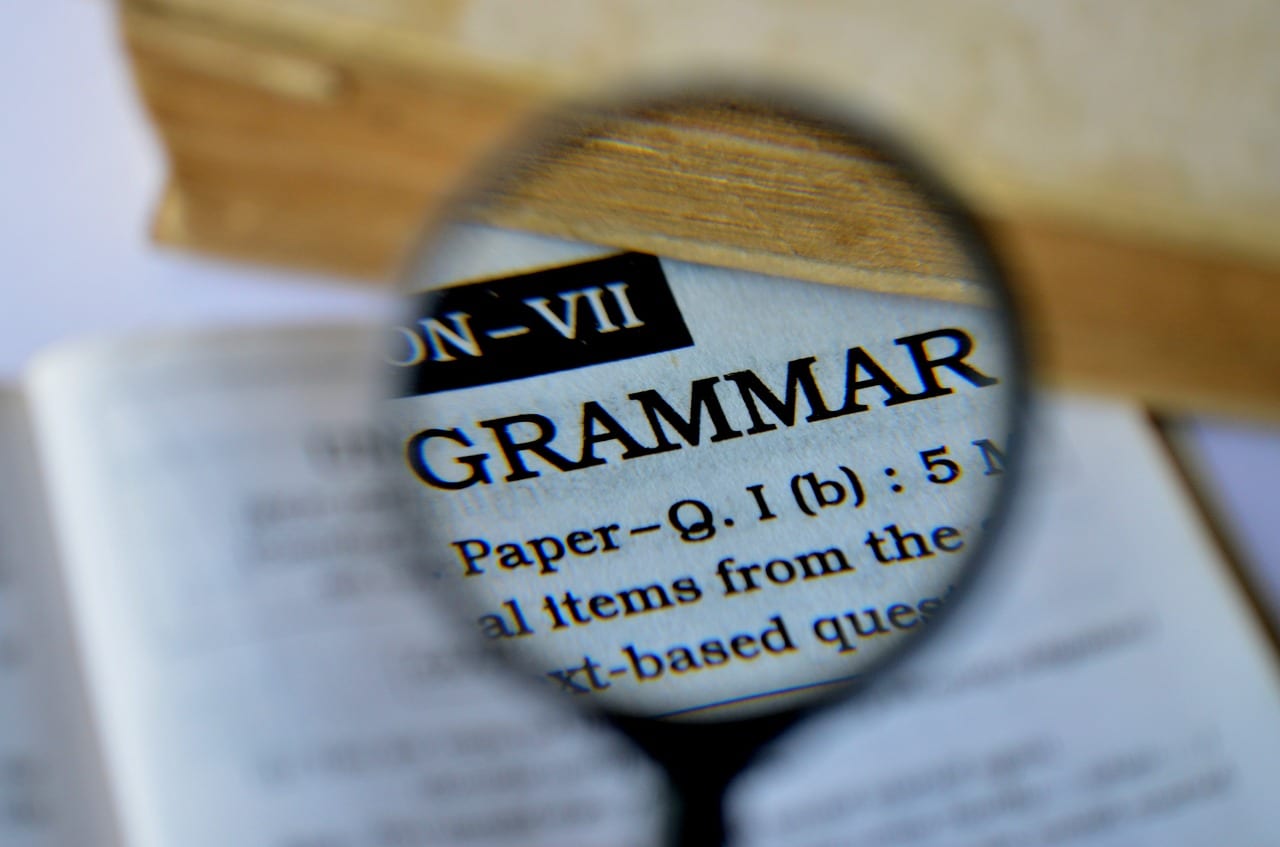This article on information gaps will show you how to teach grammar using the Communicative Approach by integrating a grammar lesson with a speaking skills lesson.
-Get Grammar for CELTA Certification Course–
Why do Information Gaps?
An information gap activity is an ideal activity to simulate authentic conversations. This type of activity requires learners to use their second language in order to discover some piece of information that their partner or other group members have. This is after all why we converse: to share information.
An information gap can be used in the practice or productive stage of a grammar lesson to re-enforce a pre-taught grammatical feature. It can also be used to review grammar, or used in a speaking class to engage learners in conversations with a communicative purpose.
How Are Information Gaps Set Up?
An information gap can be used at any level and with few aids. For a beginning level, it can be as simple as giving pairs a simple picture, drawing, or flashcard and they must ask each other a simple yes/no question: “Is your card orange?” “Do you have three pens?”
The students must have previously learned the language they will need for the activity, and in asking each other what is on their aid they are conversing and using the target grammar for a communicative purpose. Many grammatical features can be exploited through an information gap and a simple set of flashcards.
Types of Information Gaps
There are numerous types of information gaps such as find- someone- who games, surveys, and spot the difference in pictures.
The internet has a great variety of these types of resources that can be downloaded and used. One type that is a great way to practice giving directions is to give each partner a map of a city block.
Each student has a different map with different places filled in and blanks that they need to ask their partner about in order to find a route to their destination.
Another common type of information gap used to practice conversing about future plans is to give pairs or small groups of different itineraries or planners. They must use one of the appropriate future tenses to ask about each other’s plans and fill in the missing information.
This type of activity can be made more challenging so that once the information has been exchanged, the group must negotiate a time to, for example, meet to do a class project.
Learn to teach English using Communicative Language Teaching methods with OnTESOL, and get certified to teach English in Canada or abroad.
Related Articles:
Information Gap Activity: Spot The Difference
Picture Description as an Information Gap Activity





